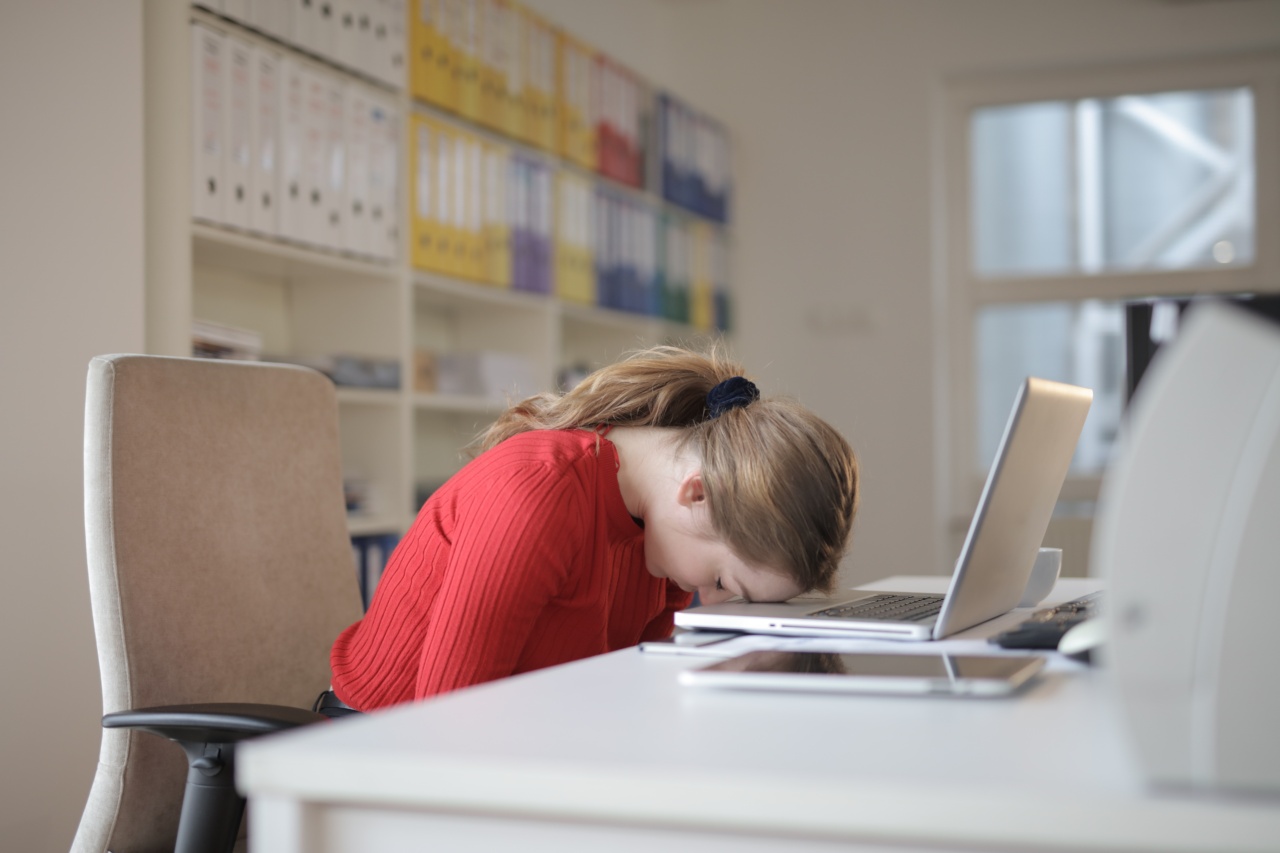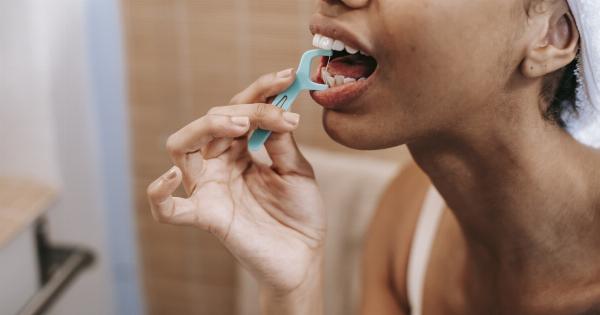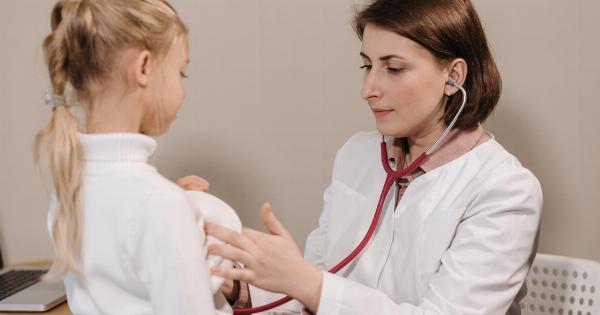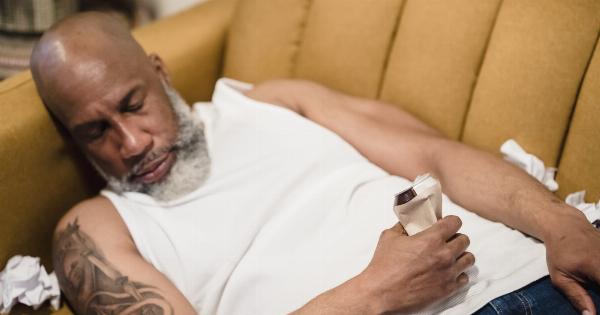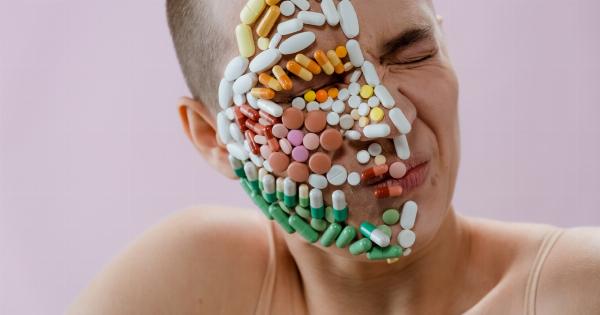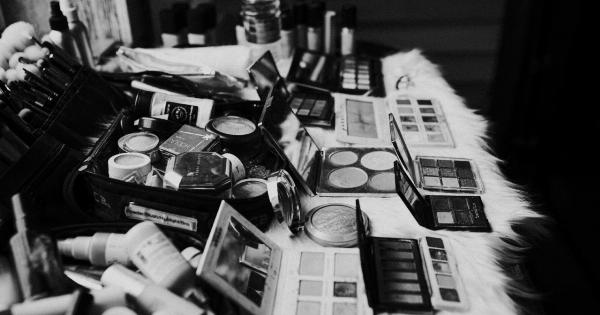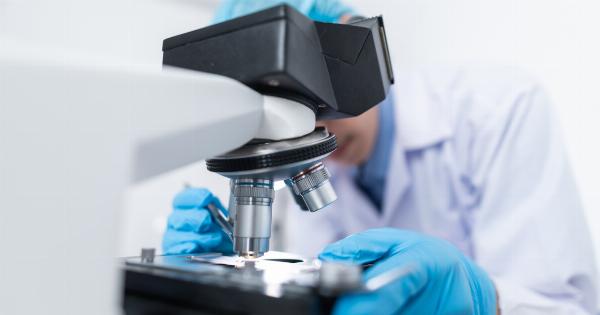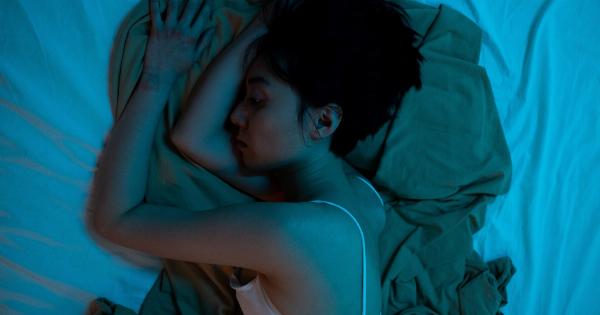Sleep apnea is a common sleep disorder that affects millions of people worldwide. This condition causes repeated episodes of breathing cessation during sleep, leading to poor sleep quality and a host of other health problems.
The most common treatment for obstructive sleep apnea (OSA) is continuous positive airway pressure (CPAP), a device that delivers air pressure through a mask to keep the airway open during sleep. However, some people find this treatment uncomfortable and disruptive to their sleep. For those individuals, oral devices may be a viable alternative.
What Are Oral Devices?
Oral devices, also known as mandibular advancement devices (MADs), are custom-made appliances designed to keep the airway open during sleep by moving the lower jaw forward.
By doing so, they prevent the collapse of the tongue and soft tissues that cause airway obstruction in people with OSA. Oral devices are typically made from soft dental materials and fit over the upper and lower teeth, with metal hinges connecting the two parts. They are similar to mouthguards or orthodontic retainers and are worn only during sleep.
Who Are Candidates for Oral Devices?
Oral devices are most effective for people with mild to moderate OSA who cannot tolerate CPAP or do not comply with its use.
They may also benefit those with severe OSA who are unable or unwilling to undergo more invasive treatments, such as surgery or implantable devices. However, oral devices are not suitable for everyone and should be prescribed and fitted by a qualified dentist or sleep specialist.
How Are Oral Devices Prescribed and Fitted?
Oral devices require a thorough evaluation and assessment by a healthcare provider to determine the appropriate type and fitting.
This typically involves a sleep study, which measures the severity of the sleep apnea and identifies the specific site of airway obstruction that the oral device needs to address. The dentist or sleep specialist will also examine the patient’s teeth, gums, and jaw to ensure that the device fits properly and does not cause any discomfort or adverse effects.
Once the evaluation is complete, the dentist or sleep specialist will provide a prescription for a custom-made oral device. The device is made from an impression of the patient’s teeth and jaw and may take several weeks to fabricate.
Once ready, the patient will return for a fitting appointment, during which the dentist or sleep specialist will adjust the device to the optimal position and ensure that it fits comfortably and securely.
What Are the Benefits of Oral Devices?
Oral devices offer several advantages over CPAP and other treatments for sleep apnea. These include:.
- Improved sleep quality: Oral devices can effectively treat snoring, fatigue, and daytime sleepiness by reducing respiratory events and improving sleep continuity.
- Increased comfort and compliance: Unlike CPAP, oral devices are comfortable to wear and do not require a bulky mask or machine. They are also more portable and convenient for travel.
- Reduced side effects: CPAP can cause dry mouth, nasal congestion, and skin irritation, while oral devices typically do not have these side effects. However, they may cause jaw pain, tooth movement, or bite changes, which should be monitored by the dentist or sleep specialist.
- Cost-effective: Oral devices are usually less expensive than CPAP and may be covered by insurance. They also have a longer lifespan and require less maintenance than CPAP.
What Are the Limitations of Oral Devices?
Despite their benefits, oral devices are not suitable for everyone with sleep apnea. They may be less effective for people with severe OSA or certain anatomical abnormalities that prevent the lower jaw from being moved forward.
They may also be contraindicated for people with certain dental or temporomandibular joint (TMJ) conditions that affect the mouth or jaw. In some cases, a combination of oral device and CPAP may be necessary to achieve optimal outcomes.
What Are the Alternatives to Oral Devices?
If oral devices are not suitable or effective for a person’s sleep apnea, there are several alternative treatments that may be considered. These include:.
- Continuous positive airway pressure (CPAP): CPAP remains the gold standard treatment for sleep apnea and is effective for most people. It involves wearing a mask that delivers a constant stream of air pressure to keep the airway open during sleep.
- Surgery: Several surgical procedures are available that aim to correct the anatomy of the airway by removing excess tissue or widening the breathing passage. However, surgery is usually reserved for severe cases or when other treatments have failed.
- Positional therapy: Some people with sleep apnea may benefit from positional therapy, which involves wearing a device or using techniques to keep the head and neck in a certain position during sleep to prevent airway obstruction.
- Weight loss: Losing weight can significantly improve or even cure sleep apnea in overweight or obese individuals. A healthy diet and regular exercise can also improve overall health and sleep quality.
The Bottom Line
Sleep apnea is a common and serious sleep disorder that requires proper evaluation and treatment.
Oral devices, also known as mandibular advancement devices (MADs), are a safe and effective treatment option for some people with mild to moderate OSA who cannot or do not want to use CPAP. However, oral devices require a custom fitting and regular monitoring by a qualified dentist or sleep specialist to ensure their effectiveness and safety.
If you suspect that you have sleep apnea, speak with your healthcare provider to determine the appropriate evaluation and treatment options for your specific condition.
